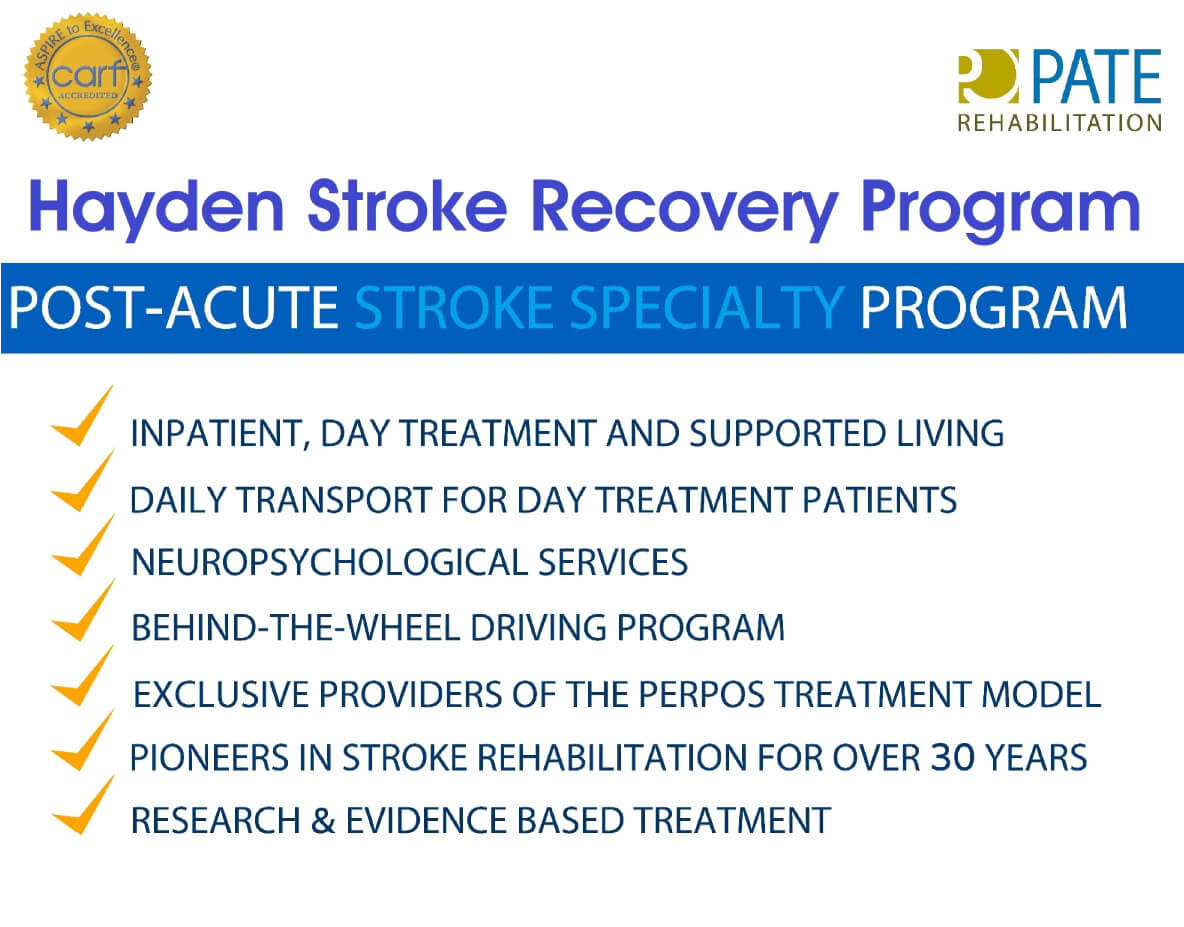The Stroke Support Groups Ideas
Table of ContentsAll about Stroke Support GroupsHow Stroke Support Groups can Save You Time, Stress, and Money.Stroke Support Groups - Truths
In an initial investigation, we studied 10 patients with severe, nondominant hemisphere stroke who were prospects for intervention to restore perfusion, based on having a small severe stroke (determined on diffusion-weighted imaging or DWI), but a bigger location of hypoperfusion (measured on perfusion-weighted imaging or PWI), and a visualized embolism or area of stenosis in cerebral vessel.We computed correlations in between modification in volume of stroke, change in perfusion problem (defined as time to peak hold-up of contrast in an area of interest relative to the homologous area of interest in the opposite hemisphere), and change in functional tests. Initial NIHSS rating varied from 1 to 16 (mean = 9).
5%) mistakes. Volume of infarct on DWI varied from 3 to 31 cm3 (mean = 8. 9 cm3). Volume of PWI problem ranged from 55 to 284 cm3 (mean = 156 cm3). Especially, all of these clients had large areas of hypoperfusion beyond the infarct and were considered candidates for intervention to restore blood circulation.
With intervention, modification in NIHSS rating varied from 5 to 0 (mean = 1. 7). Modification in line cancellation varied from 39. 6 to +14. 6 (mean = 14. 3 cm3). Modification in infarct volume varied from 4 to 32 cm3 (mean = 4. 3 cm3). Change in PWI abnormality ranged from 209 to 0 cm3 (mean = 70.
Change in volume of hypoperfused tissue on PWI correlated with change in line cancellation efficiency (;) but did not correlate with change in NIHSS rating (; = NS). This study provided evidence that enhancement in perfusion was associated with improvement in a simple measure of cognitive function, even when it was not associated with improvement in the NIHSS rating [9].
In one current research study, we evaluated the hypothesis that restoring blood flow to specific cortical areas in the best hemisphere after severe stroke results in improvement in distinct versions of hemispatial disregard (viewer-centered disregard versus stimulus-centered overlook) [23] These two types of neglect are displayed in Figure 1. Previous studies have revealed that these 2 kinds of overlook result from various areas of stroke [2426].

The smart Trick of Stroke Support Groups That Nobody is Discussing

2 (18. 5) cc increase (growth in infarct); the mean change in volume of hypoperfusion on PWI was 35. 1 (55. 0) cc or enhancement in perfusion. Multivariate direct regression analysis exposed particular Brodmann areas (Bachelor's Degree) where reperfusion was connected with improvement in viewer- or stimulus-centered neglect, independently of reperfusion of other areas and individually of age and modification in volume of infarct and hypoperfusion.
Reperfusion of best temporooccipital cortex (best Bachelor's Degree 37, 18, click resources 38) independently added to enhancement in stimulus-centered neglect, determined by discovering left spaces in circles on both sides of the page (; ), as shown in Figure 3. These outcomes verified that bring back blood circulation to particular cortical regions yields enhancement in different types of overlook [23].
In one study, we examined 5 clients with impaired word meaning connected with bad perfusion, however not infarction, in superior temporal cortex, and one patient with a superimposed deficit in word retrieval, related to bad perfusion of left inferior temporal cortex. Each patient was treated to increase perfusion of the ischemic and inefficient tissue (stroke support groups).
In another research study, reperfusion of inferior temporal cortex (within Bachelor's Degree read the full info here 37) was the area most strongly connected with improvement in calling in clients with acute left hemisphere stroke [28] Yet another study showed that reperfusion of left inferior frontal cortex was connected with enhancement particular to composing verbs [29] These outcomes illustrate that reperfusion of specific brain regions leads to healing of unique language functions. stroke support groups.
A good deal of difference in healing of cognitive functions remains unexplained, even after accounting for sore volume. For example, in a research study of 270 (mostly left hemisphere) stroke clients, healing of speech production (a composite rating) associated with volume of infarct,,) [19] Because research study, the connection enhanced when details about website of lesion was added.

Getting My Stroke Support Groups To Work
That is, college might supply more basic cognitive resources on which to rely and therefore delay the onset of dementia. However, the role of education in healing from stroke has actually been less well studied. One study did find that the greatest educational levels were associated with lower rates of poststroke cognitive deficits and dementia and greater rates of long-term survival, independently of stroke intensity, age, sex, marital status, and white matter sores in people with mild/moderate ischemic stroke [36].